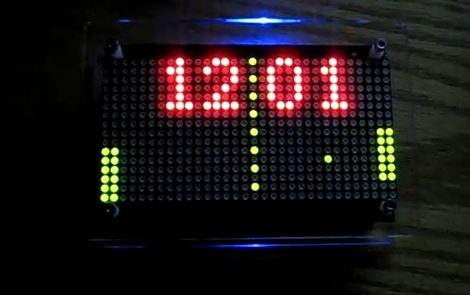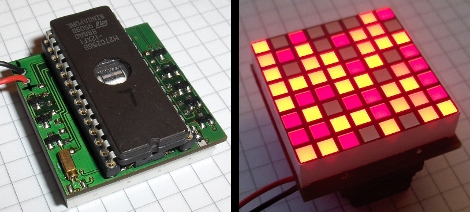
The “Stairmonster 2” is an updated verison of the hyper speed, home brew stairmaster we covered back in November. It still features most of its original version’s features including a very sturdy construction, heart rate monitor, and 320×240 touchscreen interface. What is new about the Stairmonster 2 is its handlebars. V1 used stationary bike handlebars, which would be good for pull-ups or other similar exercises, but did not do much good while on the machine.
Version 2 on the other hand uses moving handles, when paired with the resistance of the machine allows the user to simulate a climbing action. The handles are also attached to rotary slip clutches so there is only resistance on the pulling cycle and not while retracting, which could be very bad at the speed this thing can run at.
Overall a good improvement to an already impressive machine, though don’t expect to see us climbing on it anytime soon.













